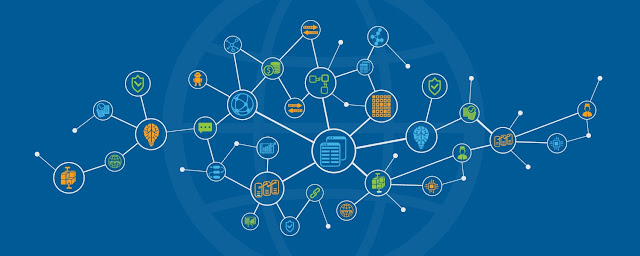What is Blockchain Technology?
Blockchain technology is one of the most promising innovations in cybersecurity. ensures that data is 100% trustworthy. Originating from the mind of an unknown creator using the pseudonymous name, Satoshi Nakamoto, blockchain was initially adopted in 2008 to enable the digital currency, Bitcoin.
Just in case you have never heard of this before, Blockchain is what powers the crypto-currencies, like the Bitcoin. While Bitcoin has been a hotly debated topic around the globe, its widespread popularity has largely been because of its involvement with money. But in case you think that Bitcoin is in itself a revolutionary technology, you are wrong on many levels. Primarily because it is not Bitcoin that translates into a ‘path-breaking technology’ but Blockchain.
In essence, Bitcoin is a very small, but an important application of the Blockchain technology. Bitcoin is not Blockchain. The blockchain is now unveiling its potential to the world, exhibiting promise in many different services and industries.
A blockchain consists of a single block that is replicated and continuously updated across many different computer servers. Because there are many copies of the block, no single party can alter its contents, rather the block must be updated with all servers agreeing on the transaction. This makes fraud nearly impossible and makes a blockchain a secure and transparent method of facilitating online transactions. The data in the blockchain is a collection of all chronological transactions, with no transaction ever forgotten. The copies of the blockchain are stored identically and sequentially on many computers, known as nodes, worldwide. The traffic between nodes is encrypted.
In an interview with the Director of IBM Blockchain Labs, Nitin Gaur gave a description of blockchain technology and its potential: “We are trying to address the problem of time and trust. ...Blockchain to me is the value of back and forth [with] an implied sense of trust ...which enables faster transfer speed.” By building a network that contains trust, blockchain eliminates the need to verify, which facilitates a faster, better and cheaper way to transfer value.






